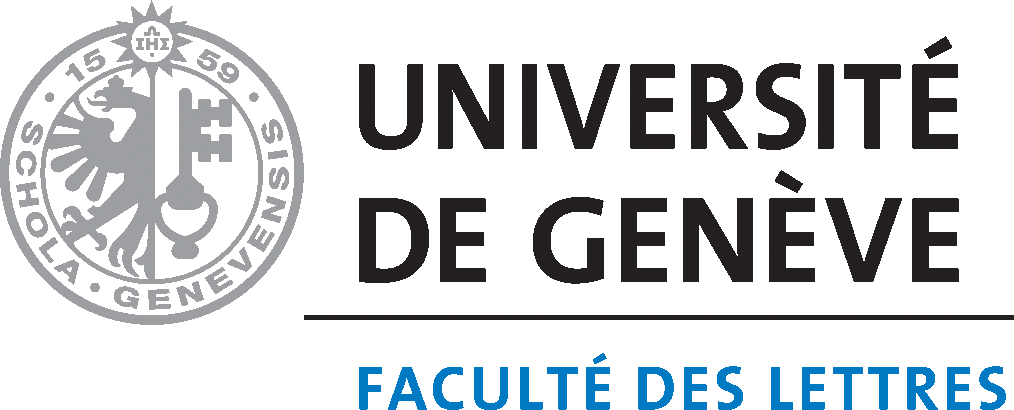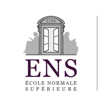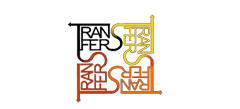Abstract
This article discusses the phenomenon of floating art exhibitions based on the examples of the Argentinian exposición flotante and the Australian Pacific Loan Exhibition (both 1956). They manifested themselves at the same time as the “second wave of biennials” and can be interpreted as floating national pavilions. Through a spatial analysis of the routes taken across the open ocean, it is shown how the ships’ movements form what can be understood as a ‘negative map’ of canonical art history, oriented around the North Atlantic. This cartographic approach reveals blind spots in art historical research and contributes to the creation of new narratives.
Recommended Citation
Bohnenblust, Laura. "Tracing the Routes of Floating Exhibitions: A Fluid Cartography of Post-war Modernism around 1956." Artl@s Bulletin 8, no. 3 (2019): Article 3.






